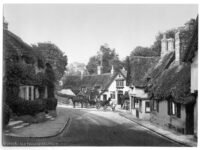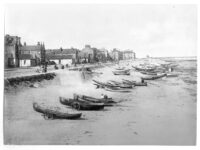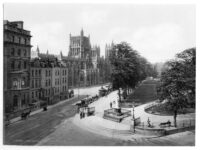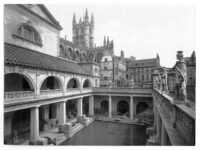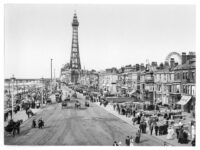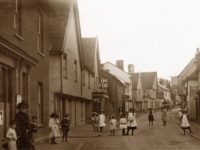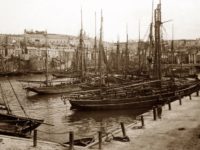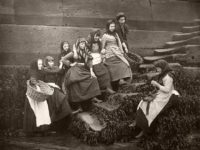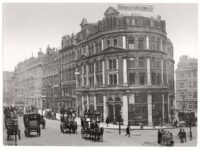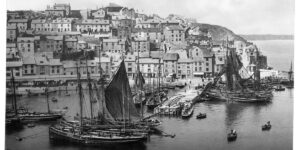Vintage: Historic B&W Photos of Victorian-era Cambridge, England
During the Victorian era (1837-1901), Cambridge experienced significant transformations, influenced by industrial progress, academic advancements, and social change. The city, renowned for its prestigious university, was a hub of intellectual activity, attracting scholars from across Britain and beyond. However, life in Cambridge was not solely defined by academia; it was also a place of bustling markets, growing industries, and evolving…


